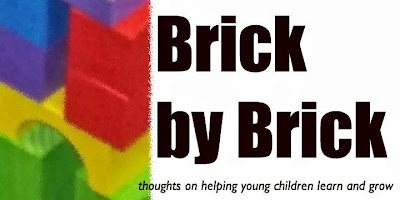Chapter 5: When Did a Hug Become a Bad Thing?
Schools are concerned about kids' safety so they instigate 'no touch' policies. This reminds me a little of the previous chapter about bubble wrapping kids. Anxiety is high so, to create the really necessary safe classroom, the pendulum swings to no touch at all.
Touch is important for kids' development. As Rae Pica mentions, "children need physical contact in order to thrive and grow in every aspect of development." Social skills, emotional skills, and even physical development are impacted by contact with others.
As a male teacher with young kids, this particular issue is very real. The few times I have been in a room with a child alone, the door is always open and we are always in full view. I will hug a kid, if he or she initiates it, but it's quick. I often give high fives, fist bumps, and a quick pat on the back. In my second grade class, the kids left at the end of the day by giving me a fist bump as they left. It was out last ritual and our way to contact. And it helped us regroup and connect, no matter how the day had gone. But if a child is upset and needs some comfort, I give whatever is needed - a hand around the shoulders, a hug, a pat on the back.
We need to help kids know how to interact with one another in ways that are satisfying and appropriate. A few years ago, I taught in a 2-year-old class. One boy didn't interact with other kids anytime except in our classroom. He would bang into other kids, almost tackle them when he saw them, and so forth. Other kids were unsure what to do. They didn't like some of the things he was doing. But he didn't know how to interact with them when he was excited to see them. We worked on ways to help him interact in less "rough" ways unless the other kid wanted that.
Rae Pica also mentions that we should allow rough-and-tumble play when we can. Often on the playground, I would see guys (and girls) running, tackling, wrestling, and bouncing off one another. I usually keep an eye on it, making sure that the game is fun for everyone. Sometimes I need to intervene because it becomes less fun for someone. But, too often, I see other adults make kids stop that play. "Not appropriate" is what I hear. But, according to development, this type of play is important and allows kids to have that contact they need.
Physical contact is important for kids and for us adults, too.
Links from the book:


